From the Open-Publishing Calendar
From the Open-Publishing Newswire
Indybay Feature
Gavin's COMMUNITY INJUSTICE CENTER
Will San Francisco fund the Tenderloin Health program which would be the city’s only 24-hour drop-in center? A place where homeless people would be able to go INSIDE for the night.
Maybe not. Mayor Gavin Newsom wants to deny funds to the Tenderloin Health program and instead prosecute and jail the homeless for being OUTSIDE during the night.
The Community Justice Center (such is the name of Mayor Newsom's baby -- almost as good as Freedom Fries, no?) will prosecute
*camping in the park
*camping in your car
*sleeping on the sidewalk, etc.
As Molly Glasgow, of the Coalition on Homelessness, said, "The Community Justice Center would in essence prosecute the low to no income community for their economic status and visible presence." Six-minute QT video. 63MB.
Maybe not. Mayor Gavin Newsom wants to deny funds to the Tenderloin Health program and instead prosecute and jail the homeless for being OUTSIDE during the night.
The Community Justice Center (such is the name of Mayor Newsom's baby -- almost as good as Freedom Fries, no?) will prosecute
*camping in the park
*camping in your car
*sleeping on the sidewalk, etc.
As Molly Glasgow, of the Coalition on Homelessness, said, "The Community Justice Center would in essence prosecute the low to no income community for their economic status and visible presence." Six-minute QT video. 63MB.
This is a never-ending fight. Last March, for instance, San Francisco closed Buster's Place.
***********************
COURT CREEP
San Francisco ponders a 2.9 million dollar court to penalize people for the act of being poor
by Jennifer Fogg
POOR Magazine Race, Poverty and Media Justice Intern
Thursday, July 3, 2008:
I fumble to take a seat, in the congested overflow room of San Francisco's City Hall. I focus on the commanding figure that fills the screen of the over sized television to my right. It is broadcasting the Board of Supervisor's hearing on Mayor Gavin Newsom's proposed Community Justice Center (CJC) from the packed room across the hall.
The figure dominating the screen, I learn is Supervisor Ross Mirkarimi, from district 5. He is relaying his fears that the limited jurisdiction of the court, which ends near the border of his district, will cause what he called "crime creep" and that "serial inebriates" will slither over into the neighborhoods of his district if the court is put in place.
The CJC will handle non-violent, misdemeanor and felony cases, so called quality of life crimes, such as loitering and graffiti among many others. Instead of being issued a citation, people will be taken directly into the CJC and given a community service sentence, always with the threat of incarceration behind it. The court will have jurisdiction over parts of SOMA, Civic Center, Union Square, and the Tenderloin. According to the Mayor's Office of Criminal Justice, a primary goal of the court is to, "serve as a gateway to social services through the power of the court." Newsom's CJC project is based on former Mayor Giuliani's Midtown Community Court in Manhattan, which by all corporate media accounts has been a shining example of how to eliminate the visible signs of poverty and create a Disneyesque Times Square.
More
***********************
COURT CREEP
San Francisco ponders a 2.9 million dollar court to penalize people for the act of being poor
by Jennifer Fogg
POOR Magazine Race, Poverty and Media Justice Intern
Thursday, July 3, 2008:
I fumble to take a seat, in the congested overflow room of San Francisco's City Hall. I focus on the commanding figure that fills the screen of the over sized television to my right. It is broadcasting the Board of Supervisor's hearing on Mayor Gavin Newsom's proposed Community Justice Center (CJC) from the packed room across the hall.
The figure dominating the screen, I learn is Supervisor Ross Mirkarimi, from district 5. He is relaying his fears that the limited jurisdiction of the court, which ends near the border of his district, will cause what he called "crime creep" and that "serial inebriates" will slither over into the neighborhoods of his district if the court is put in place.
The CJC will handle non-violent, misdemeanor and felony cases, so called quality of life crimes, such as loitering and graffiti among many others. Instead of being issued a citation, people will be taken directly into the CJC and given a community service sentence, always with the threat of incarceration behind it. The court will have jurisdiction over parts of SOMA, Civic Center, Union Square, and the Tenderloin. According to the Mayor's Office of Criminal Justice, a primary goal of the court is to, "serve as a gateway to social services through the power of the court." Newsom's CJC project is based on former Mayor Giuliani's Midtown Community Court in Manhattan, which by all corporate media accounts has been a shining example of how to eliminate the visible signs of poverty and create a Disneyesque Times Square.
More
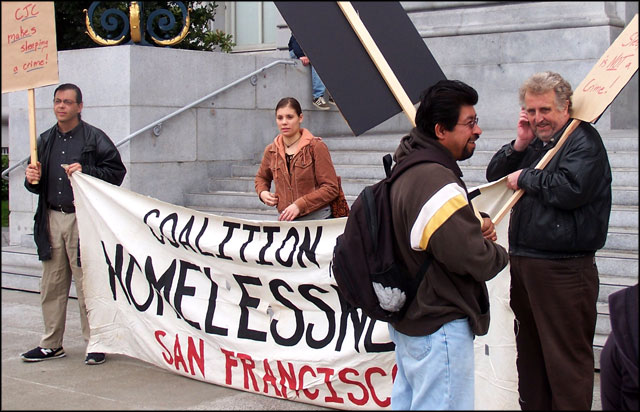
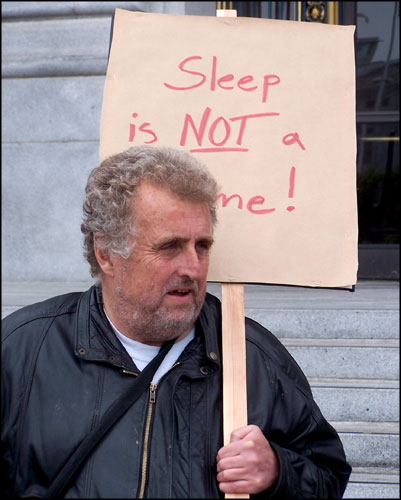
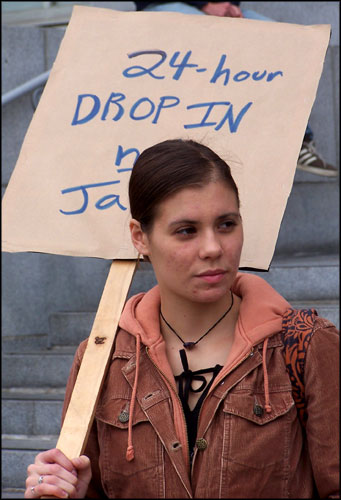
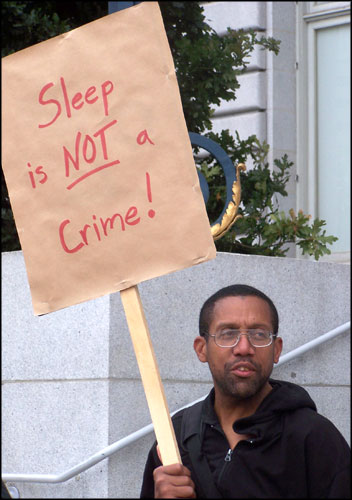
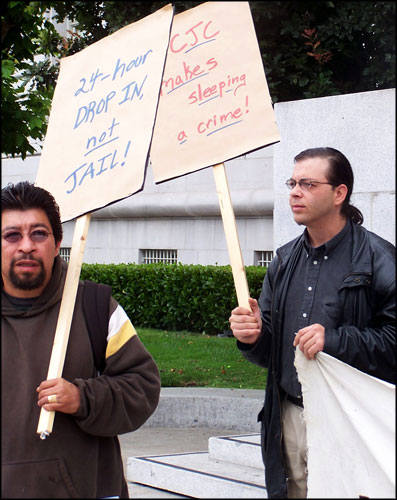
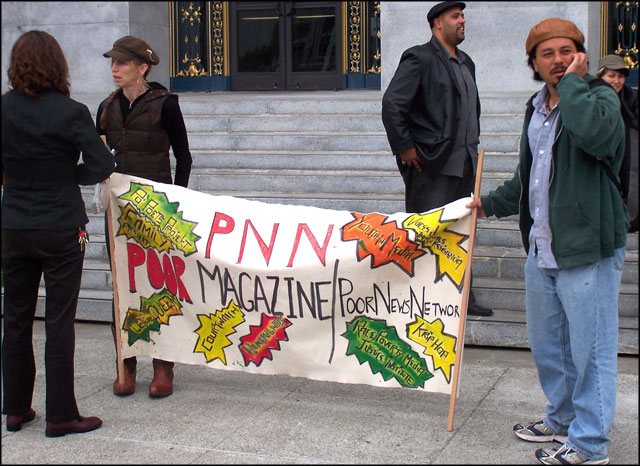
Add Your Comments
Latest Comments
Listed below are the latest comments about this post.
These comments are submitted anonymously by website visitors.
TITLE
AUTHOR
DATE
Language reveals so much
Wed, Jul 30, 2008 10:51PM
time to head out of town
Sat, Jul 26, 2008 3:54PM
We are 100% volunteer and depend on your participation to sustain our efforts!
Get Involved
If you'd like to help with maintaining or developing the website, contact us.
Publish
Publish your stories and upcoming events on Indybay.
Topics
More
Search Indybay's Archives
Advanced Search
►
▼
IMC Network


